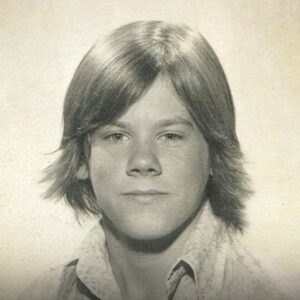Blade Runner 2049: 6 Reasons Why It Was a Near-Perfect Sequel
Directed by Denis Villeneuve and starring Ryan Gosling, Blade Runner 2049 was a near-perfect sequel to Blade Runner. Here’s why.
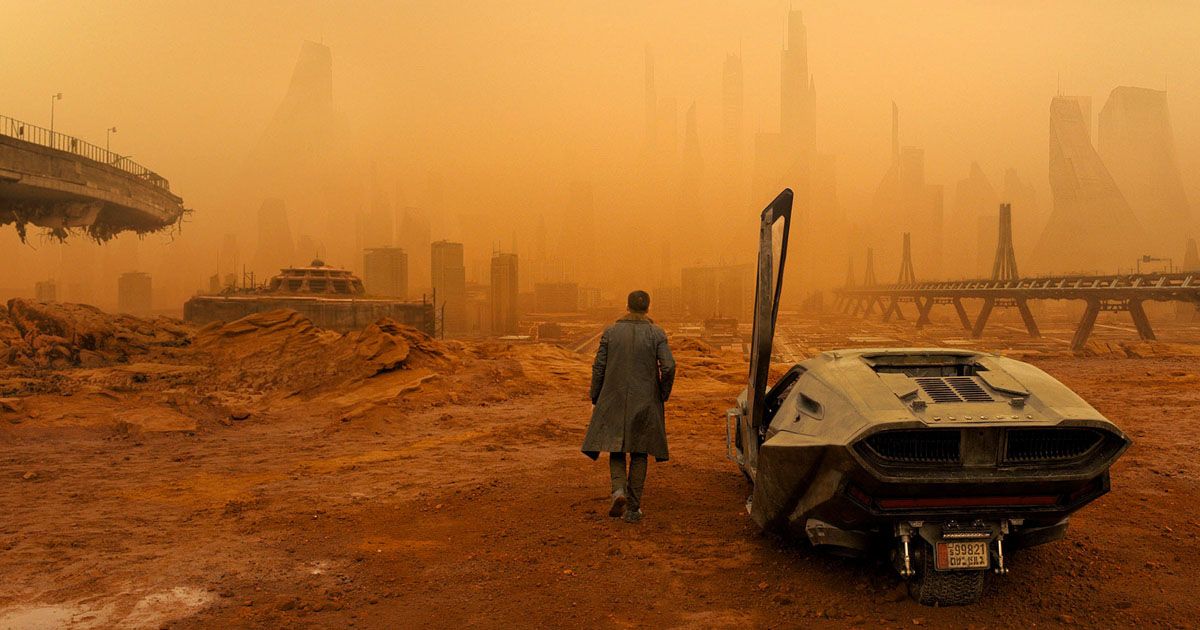
Blade Runner 2049 is a sequel to the original Blade Runner, which follows Replicant detective K as he hunts down a lost child born from a replicant.Directed by Denis Villineuve, Blade Runner 2049 features a phenomenal cast whose performances only elevated the experience of the film. While it was considered a financial flop at the box office, per Screen Rant, the film has been subject to a great deal of critical praise, winning the Saturn Award for Best Science Fiction Film.
Since the release of Blade Runner 2049, the sci-fi community has been somewhat divided over the film’s status as it compares to its predecessor. Some have argued that nothing could ever compare to the original Blade Runner, while a number of fans argue in favor of Blade Runner 2049, with some even claiming that it is better than the original. Here are six reasons why Blade Runner 2049 was a near-perfect sequel.
6 Blade Runner 2049’s Aesthetic
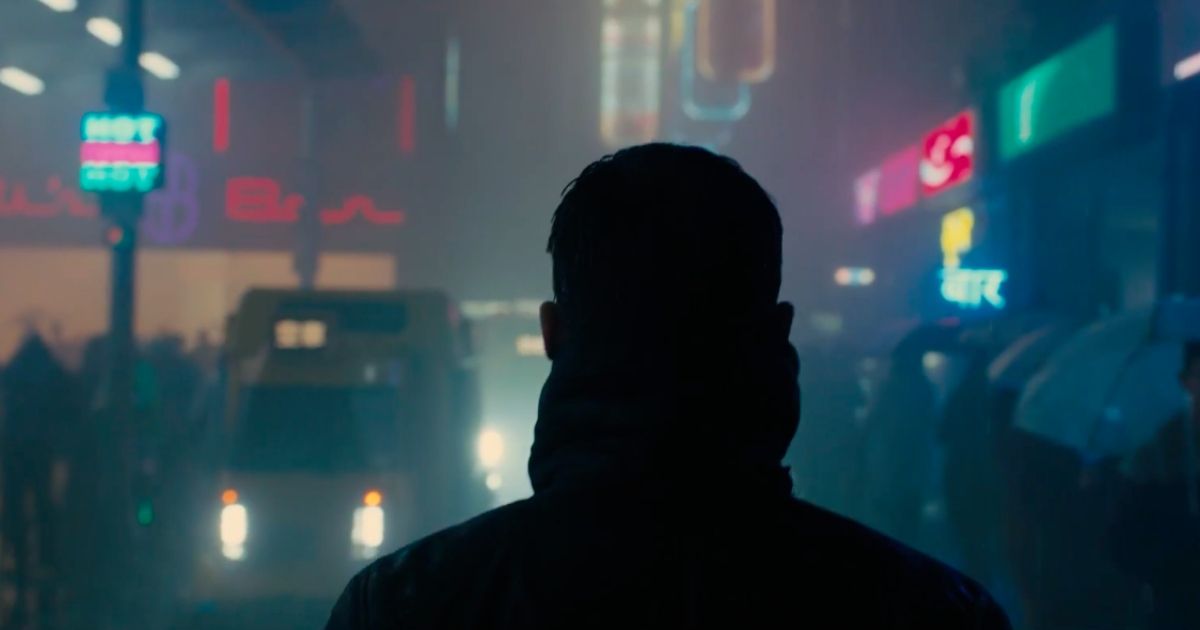
The biggest thing that Blade Runner did for the sci-fi community was that it brought a high sense of aesthetic. Between the never-ending rain and the constant nighttime ambiance, Blade Runner set a new standard for science fiction to have the right visuals to suit the narrative of the film. Blade Runner 2049 brought perfect visuals that were an updated version of the aesthetic of the original film. While this style wouldn’t be possible without the original, many have argued that Villeneuve paid homage to the original film while showing an eerily realistic look of how everything could look in our future. The visual effects were so astounding that they won the Academy Award for Best Visual Effects as well as the British Academy Film Award for Best Special Visual Effects.
5 The Original Score
.jpg)
While Vangelis was entirely responsible for the ground-breaking futuristic noir soundtrack of the original film, many fans expected him to return for the sequel. When it was announced that Vangelis was said to be replaced by Hans Zimmer and Benjamin Walfisch, overall disappointment struck the Blade Runner fanbase. Blade Runner 2049 justified this decision by saying that the new film needed a new sound to it, which required new composers. Despite the skepticism, many fans would agree that the score for Blade Runner 2049 not only did justice to the original film, but added a whole new layer of futurism while maintaining the certain noir feel that Vangelis gave us in the original Blade Runner. Zimmer and Walfisch really delivered, bringing Blade Runner 2049 up a few notches.
4 Performances From the Cast
.jpg)
Like in Blade Runner, Blade Runner 2049 has a meticulously chosen cast. Featuring stars like Ryan Gosling, Jared Leto, Sylvia Hoeks, and the return of Harrison Ford, Blade Runner 2049 blew audiences away with the cast’s outstanding performances. There was special praise for Gosling’s performance in particular, which earned him a nomination for Best Actor at the Saturn Awards. On top of this, Blade Runner 2049 redefines the term femme fatale, changing the classic version as seen through Rachael (Sean Young) in Blade Runner to the more hardcore version shown through Luv’s brutal and emotionally unstable behavior throughout Blade Runner 2049. The replacement for Tyrell, Niander Wallace, is not only greedier than Tyrell, but rather than trying to create replicants for the purpose of improving humanity, his main purpose in generating replicants is to essentially bring back slavery and create a whole new caste system. Needless to say, the cast of both films brought their very best to the screen.
3 Maintains Style and Substance
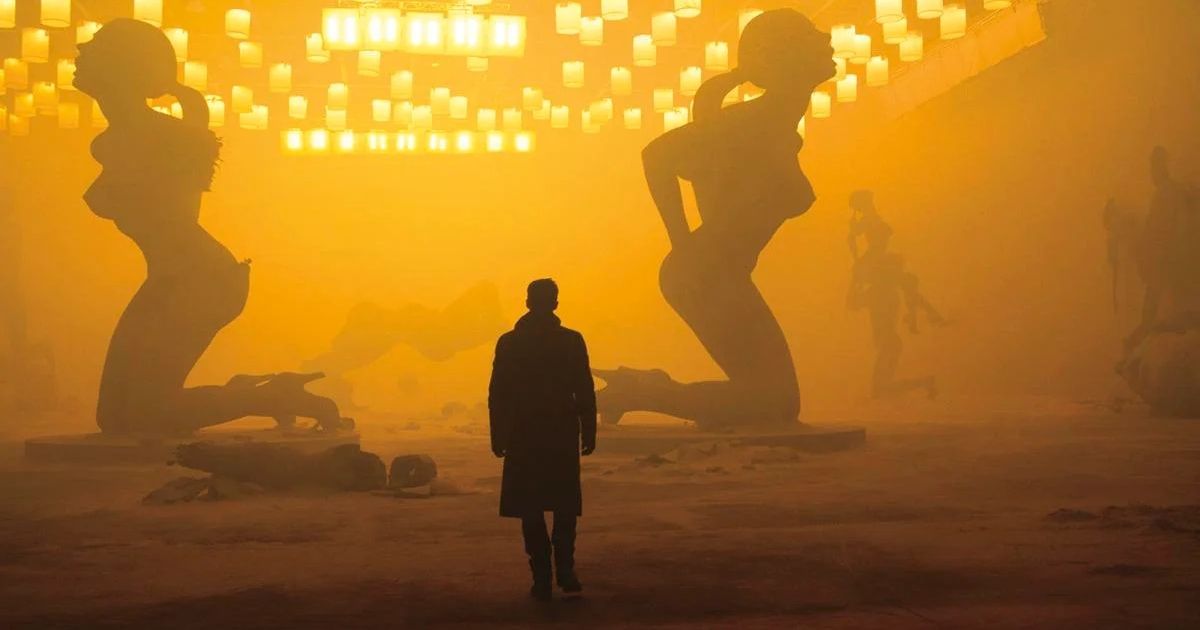
As mentioned above, the film is aesthetically satisfying, but unlike many modern sci-fi films, Blade Runner 2049 did not get lost in creating a specific style of the film. Villeneuve managed to bring a perfect balance of phenomenal world-building while maintaining substance to the narrative. For example, when K finds Deckard in the desert, he first goes through a semi-radioactive wasteland of giant nude statues. While this may sound like it was merely done for aesthetic, the reality is that Deckard is now living in a Vegas-type location in California, which was subject to a nuclear attack. This aesthetic only adds to K’s interaction with Deckard, which turns from violent to friendly. The narrative is also a bit of a continuation of the original Blade Runner, wrapping up Deckard’s storyline in the best way possible.
2 Intense Action Sequences
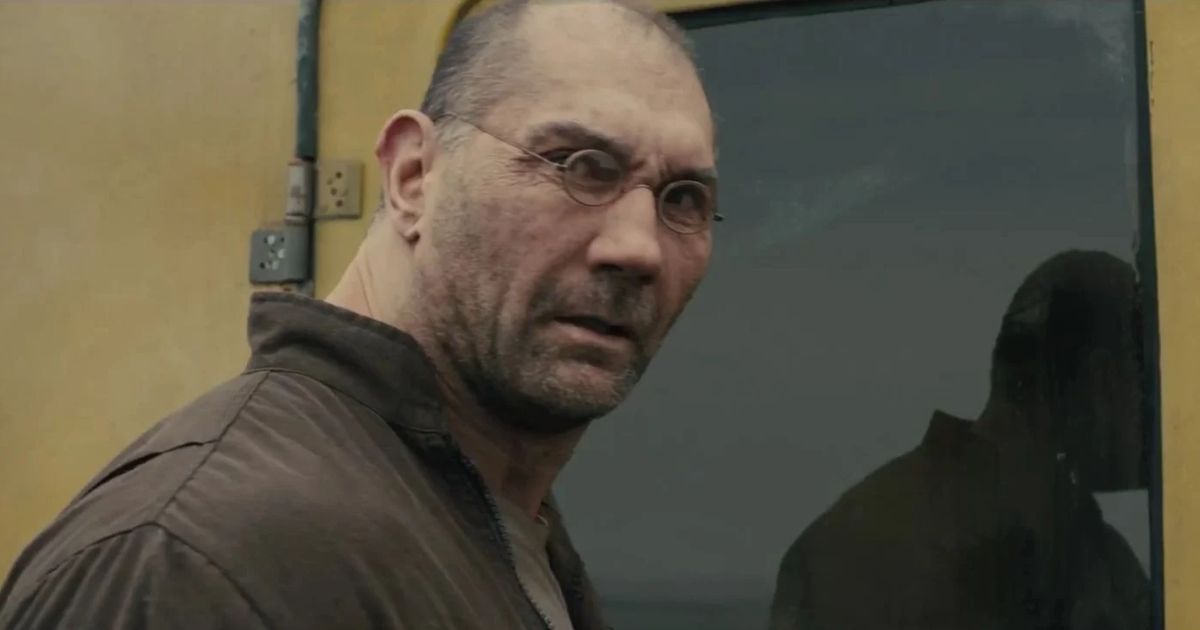
If there’s one thing that Blade Runner 2049 matched with Blade Runner, it’s the action sequences. From the first scene, we see K confronted by an old Nexus-8 who literally put K through a wall, showing us the improved strength of modern replicants and setting us up for an intense ride. The action throughout the film is physically and emotionally intense and often-times brutal, much like the first film. What is especially comparable is the ending scenes in both films. While the stakes are seemingly higher in Blade Runner 2049, there is still a slow-burning show-down that quickly turns into an intense fight scene between Luv and K, which ends in Luv having her neck broken and dying underwater, a scene that while not as potent as the iconic ‘tears in the rain’ scene, still brings a sort of sadness with it.
1 Shows Every Aspect of Advanced AI
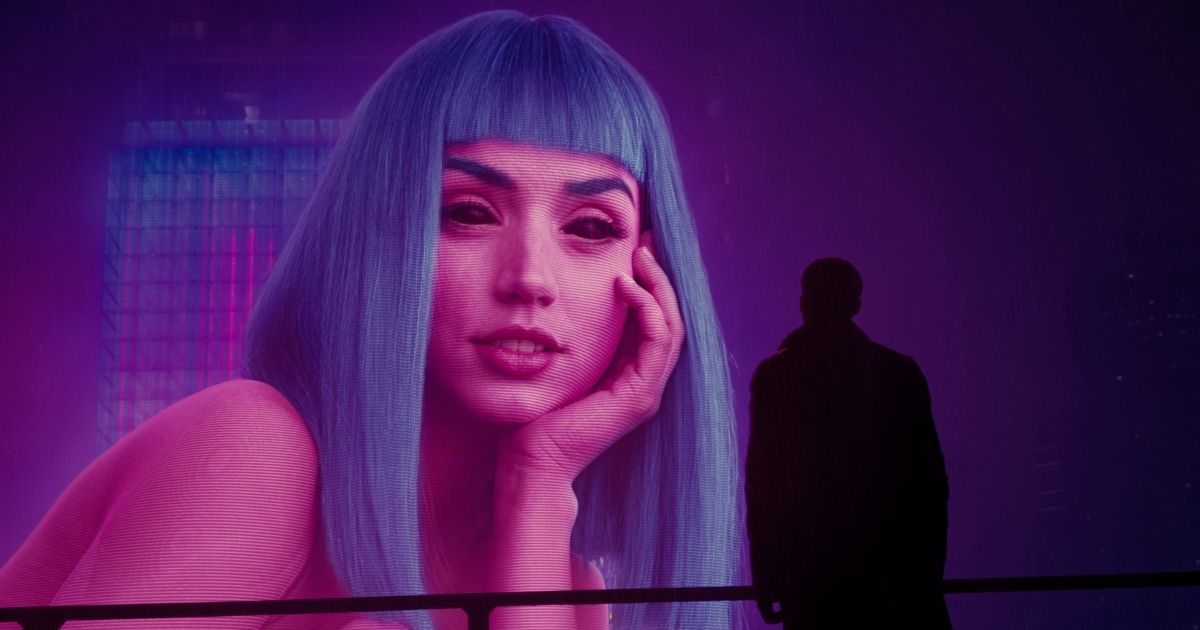
In one scene where Joi and K decide to become a ‘real couple’, Joi contacts a sex worker that K liked so that K and Joi could experience being physical with one another. While this may have seemed like a phenomenal experience to K at the time, later on in the film, when K’s Joi is destroyed, his initial devastation is watered down when he sees a giant holographic nude Joi advertising the AI to everyone. This reveals that no matter how human we believe AI are, they are still just a sequence of 1s and 0s that aren’t capable of the complexities of human emotions. Unlike Blade Runner, which questions what it means to be human, Blade Runner 2049 goes further and explores how self-aware AI wish they could be human, much like Joi does.

